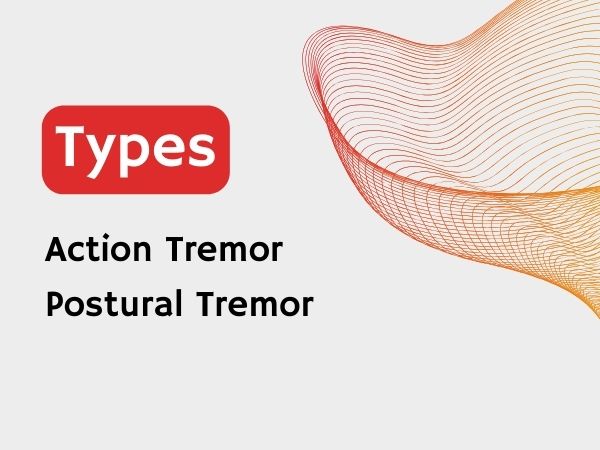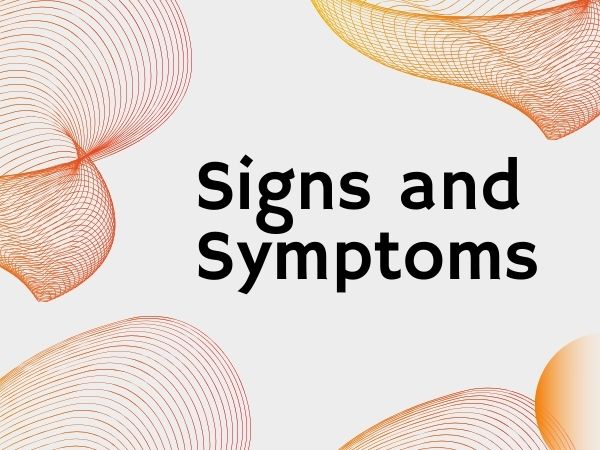Essential Tremor (ET) is a neurological disorder characterized by involuntary shaking or trembling of various parts of the body, most commonly the hands, arms, head, vocal cords, and sometimes the legs. It is one of the most prevalent movement disorders, affecting millions of people worldwide. While essential tremor is not life-threatening, it can significantly impact an individual’s quality of life, affecting their ability to perform daily tasks and engage in social activities.
Types of Essential Tremor

- Action Tremor: This type of tremor occurs during voluntary movement and is the most common form of essential tremor. It typically affects the hands, making activities like writing, drinking, or using utensils challenging.
- Postural Tremor: Postural tremor manifests when a person maintains a position against gravity, such as holding their arms outstretched. It can also affect other parts of the body like the head or legs.
Signs and Symptoms

The primary symptom of essential tremor is involuntary shaking, which can vary in severity and frequency. Other signs and symptoms may include:
- Tremors that worsen with movement or stress.
- Difficulty with fine motor skills, such as writing or tying shoelaces.
- Shaking of the head makes it difficult to maintain steady vision or balance.
- Quavering or shaky voice, which can affect speech clarity.
- Tremors may progress gradually over time and can worsen with age.
Causes
The exact cause of essential tremor remains unclear, although it is believed to involve abnormalities in certain areas of the brain that control movement. Genetic factors likely play a significant role, as essential tremor often runs in families. Environmental factors and certain medications may also contribute to the development or worsening of tremors.
Prevention
Since essential tremor is primarily a genetic and neurological condition, there are no known methods for preventing its onset. However, individuals can take steps to manage symptoms and minimize their impact on daily life.
Treatment and Management

While there is no cure for essential tremor, several treatment options can help manage symptoms and improve quality of life:
- Medications: Doctors may prescribe medications such as beta-blockers, anti-seizure drugs, or tranquilizers to help reduce tremors.
- Therapy: Physical therapy and occupational therapy can help individuals learn techniques to improve coordination and control tremors.
- Deep Brain Stimulation (DBS): In severe cases where medications and therapy are ineffective, DBS may be considered. This surgical procedure involves implanting electrodes in the brain to regulate abnormal electrical signals that cause tremors.
- Botulinum Toxin Injections: Botulinum toxin injections can be used to temporarily reduce tremors in specific muscles, such as those in the hands or voice box.
Diagnosis
Diagnosing essential tremor involves a thorough medical history, physical examination, and neurological assessment. Doctors may also perform additional tests such as blood tests, imaging studies (like MRI or CT scans), or electromyography (EMG) to rule out other conditions that may cause similar symptoms.
Home Remedies and Lifestyle Changes

While essential tremor is a chronic condition, certain lifestyle changes and home remedies may help manage symptoms and improve overall well-being:
- Stress Reduction: Stress and anxiety can exacerbate tremors. Engaging in relaxation techniques such as deep breathing, meditation, or yoga may help reduce stress levels and tremor severity.
- Avoiding Triggers: Identifying and avoiding triggers that worsen tremors, such as caffeine, nicotine, and certain medications, can help minimize symptoms.
- Improving Sleep Habits: Getting an adequate amount of sleep and maintaining a consistent sleep schedule may help reduce tremor severity.
- Regular Exercise: Gentle exercises, such as walking, swimming, or tai chi, can help improve muscle strength, coordination, and balance.
In conclusion, Living with essential tremors can present various challenges, but with proper diagnosis and management, individuals can lead fulfilling lives. It’s essential for individuals experiencing tremors to seek medical evaluation to determine the underlying cause and explore treatment options tailored to their needs. Additionally, ongoing research into the causes and treatment of essential tremors offers hope for improved therapies and outcomes in the future.